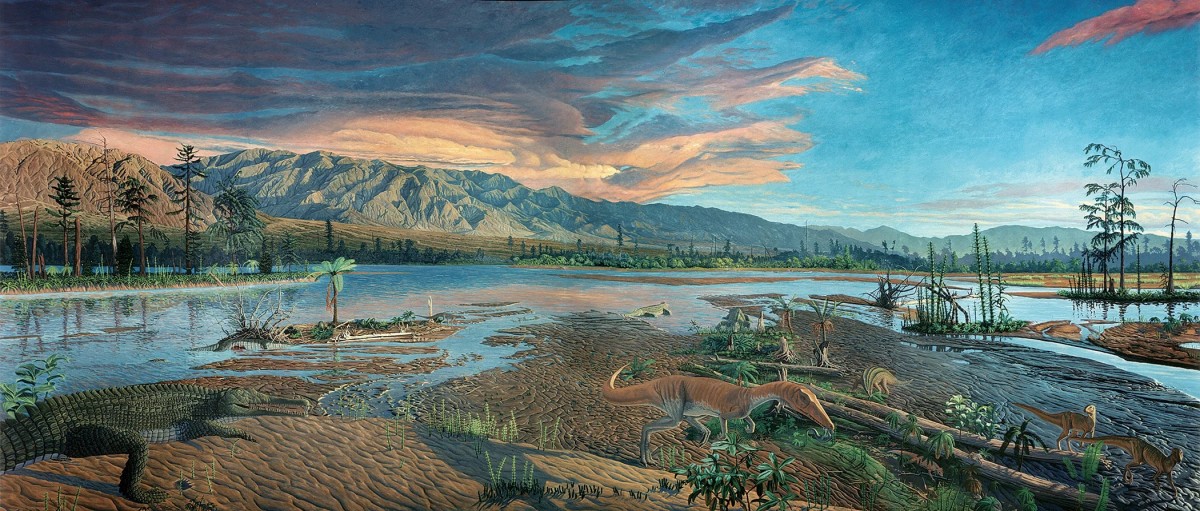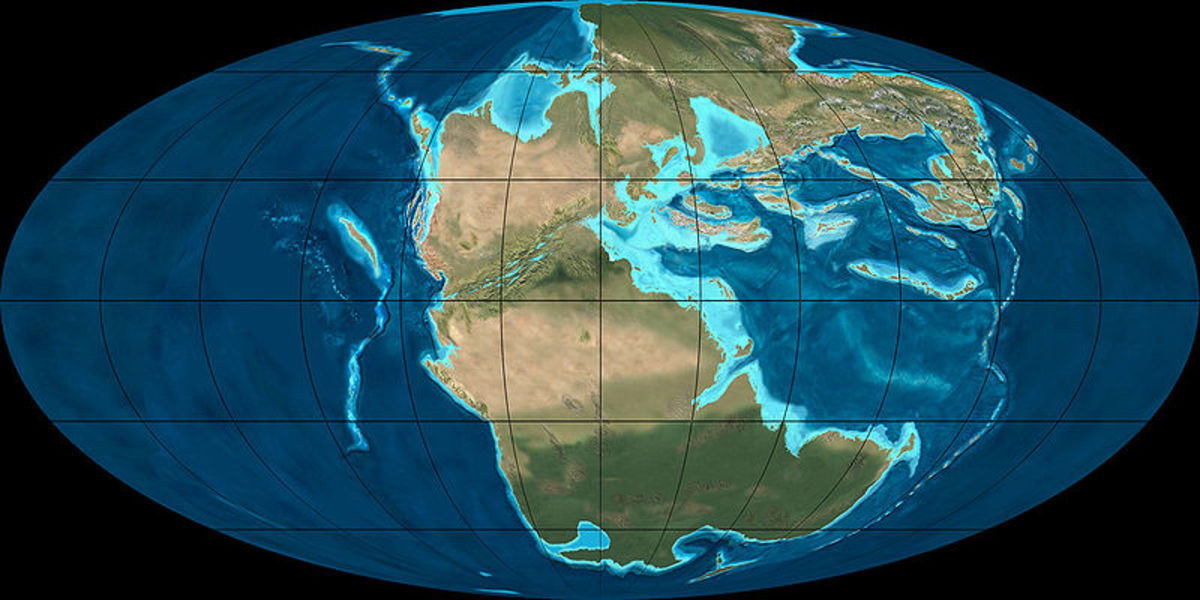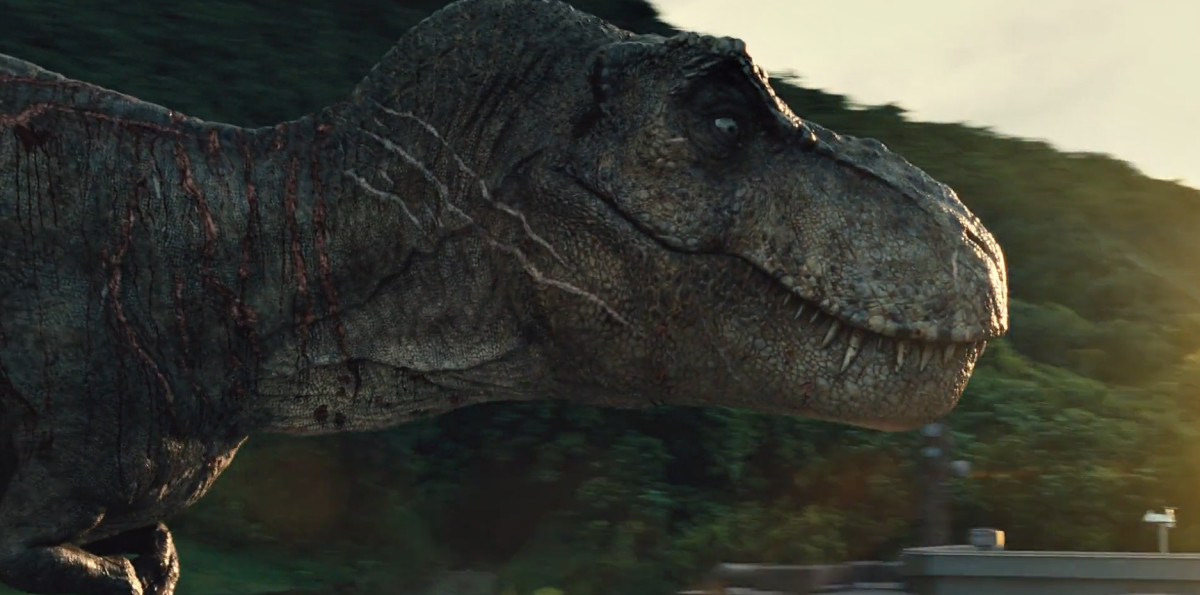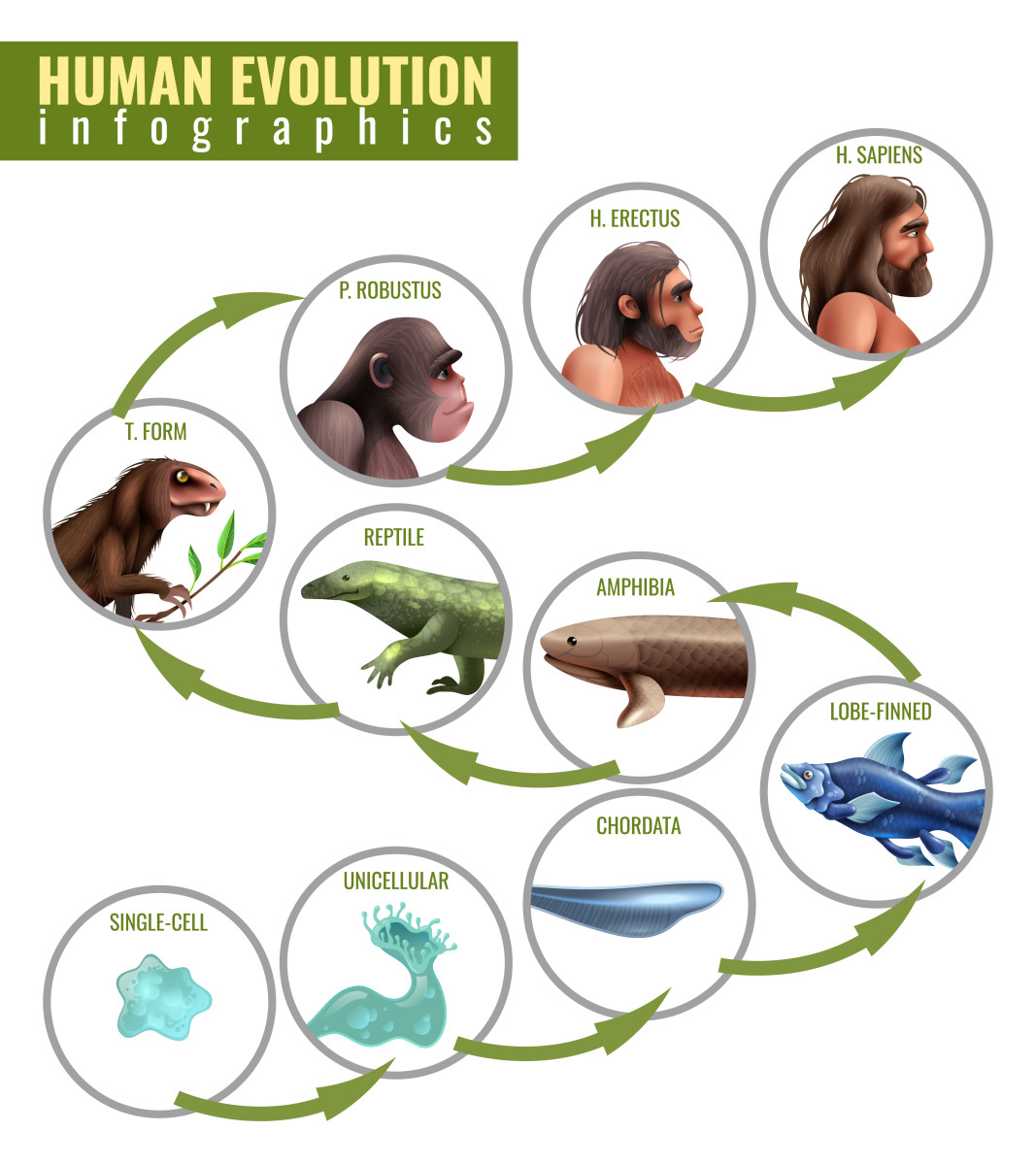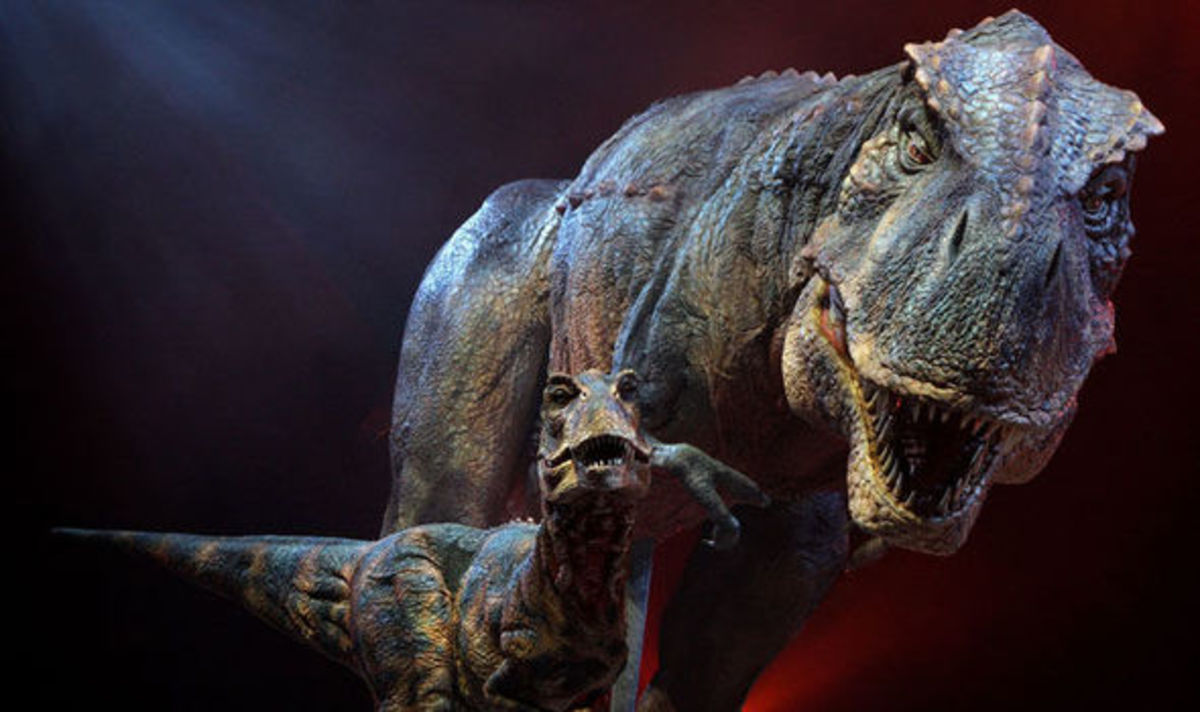THE AGE OF THE GIANT REPTILES
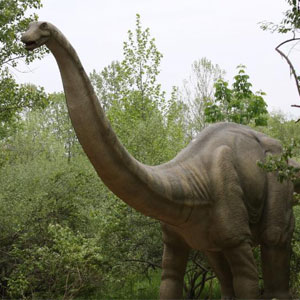
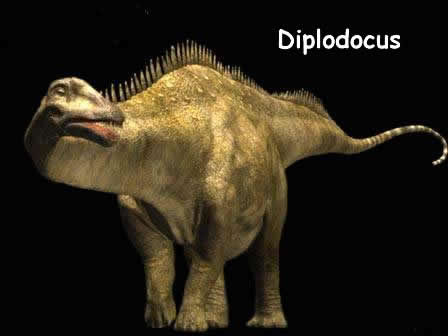
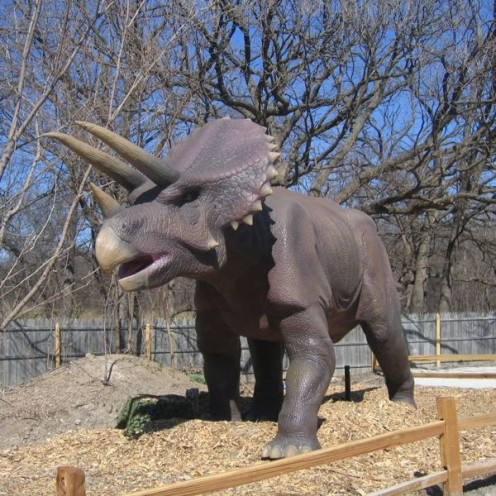
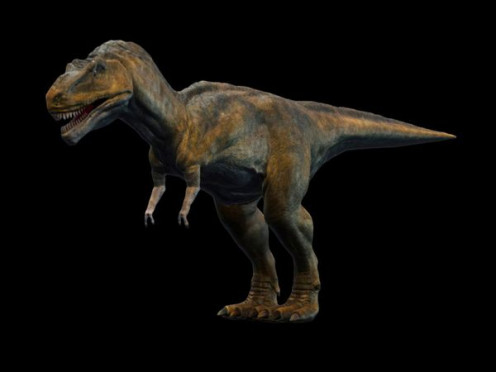
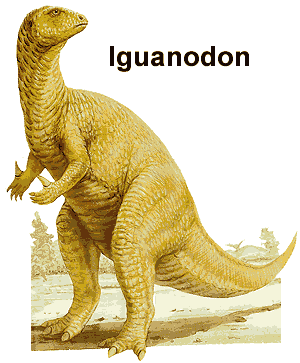
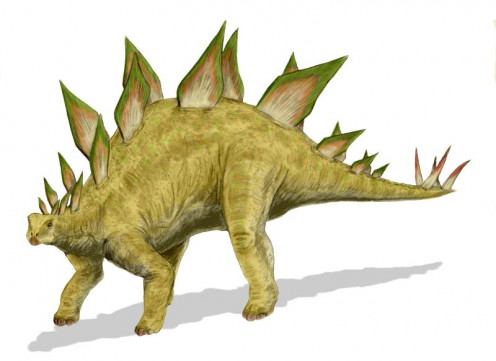
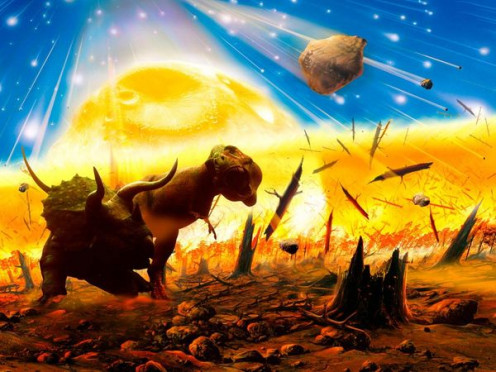
Ever since Steven Spielberg’s blockbuster movie Jurassic Park caught the imagination of the people, dinosaurs have become a common word in every ones vocabulary. It kindled the imagination of children and adults alike. But very few are aware of the real story of these giant reptiles which lorded over this planet.
Geological time frame like that of astronomy are mind boggling. We are aware of only five to six thousand years of recorded history. What happened before that is in comprehensible. It is only during recent times that the advancement in geology and paleontology has helped us in getting a glimpse of our distant past.
ARCHAEOZOIC ERA
Early beginnings of life took place more than 2500 million years ago starting with the Archaeozoic Era. This was followed by the Proterozoic Era, details about which are very scanty. Whatever little we know starts from the early period of Paleozoic era. Speaking about eras, the entire period of earth’s history can be broken down to four. They are the Archaeozoic/Proterozoic era, Paleozoic era, Mesozoic era and Cenozoic era.
PALEOZOIC ERA
Amongst these different eras, the longest has been Paleozoic. It had lasted nearly 300 million years. During these long years, this era has been sub-divided into ten different time periods. The earliest is the Cambrian which started immediately after the end of the Proterozoic era. Cambrian period lasted for nearly 80 million years. During this period the dominant life form has been invertebrates. Following the Cambrian was the Ordovician period which lasted nearly 70 million years. Different types of fishes evolved during the last stages of this period and by the beginning of Silurian period they were found in plenty. While Ordovician period lasted 70 million years, Silurian was just 30 million. The next to follow was the Devonian period which lasted 40 million years and so the emergence of amphibians. By the time Mississippian period started, primitive reptiles began to emerge and by the Pennsylvanian period these primitive reptiles proliferated but when the Permian period started the world for the first time underwent the first wave of mass extinction. Many of the life forms disappeared and the Paleozoic era came to an end.
MESOZOIC ERA
With the dawn of Mesozoic era, the Triassic period started. This was the time when the giant dinosaurs began to dominate the planet and this period lasted for 35 million years. What followed next was the Jurassic period which like the Triassic lasted for nearly 35 million years. The Cretaceous period which started after the conclusion of the Jurassic period was another watershed in world’s history. Once again the earth went through a period of mass extinction. After 60 million years of Cretaceous period, this was also the time when dinosaurs suddenly disappeared from the face of the planet.
What emerged from the debris was the Cenozoic era which lasted nearly 70 million years. The Tertiary period during this era went through five different epochs. Of which the earliest was Paleocene period. The others to follow were Eocene, Oligocene, Miocene and Pliocene. The dominant animal life forms were the giant mammals. It was only during the Quaternary period which followed the Tertiary saw the ascent of man. Like the earlier Permian and Cretaceous period the recent Pleistocene period underwent mass extinction. Not only large animals like dinosaurs disappeared, but even simple sea creatures were affected by it. In fact the sea contains enough evidences to authenticate the mass extinction that took place.
THE GIANT REPTILES
BRONTOSAURUS
Before we consider the mystery of these sudden disappearances of giant life forms, it would be worthwhile to have a brief look of the different types of giant reptiles which ruled the earth. In terms of size, Brontosaurus dominates them all. With a length of about 22 meters and the weight of almost 30,000 kilos, it was big in every way. It had a neck which was almost as long as its tail. But strangely, it had a very small help and 24 weak teeth. It was a herbivore and lived mostly often in water.
DIPLODOCUS
Another giant was the diplodocus. In a way it was the longest of the dinosaurs because it was 29 meters long but comparatively lighter in weight than others. Like Brontosaurus, it lived in water and as its nose and eyes were high up on the small head, it could hide itself in water using only the tip of the head to breathe and see. It reminds many of us of the Loch Ness monster which is set to exist in some of the highlands of the Scottish highland lakes.
TRICERATOP AND TYRANNOSAURUS REX
There was also the Triceratops the three horned dinosaur which resembles the modern rhino, its body measured about 10 meters in length and was an aggressive animal amongst the different kinds of dinosaurs. But the most famous and ferocious happens to be Tyrannosaurus Rex. Though only 15 meters long, this giant reached up to 6 meters in height while standing on its hind legs. But funnily, it had two small front legs which were practically useless and unlike other it was a meat eating reptile.
IGUANDODON AND STEGOSAURUS
Two other types of dinosaurs that need to be mentioned here is the Iguanodon and Stegosaurus. The life forms during this period were all unimaginably big and proliferous. There were giant animals both in sea and in the sky too.
EXTINCTION
What is mystifying is that, how did these giant reptiles, which had survived millions of years suddenly disappeared from the face of the earth. There are many theories that explain this mass extinction. One theory is called the Asteroid theory. According to this about 65million years ago, a large asteroid hit the earth. This threw up such a lot of dust that it blocked the sunlight and brought out climatic changes. Unable to adapt these giant reptiles perished.
Another cause of extinction is attributed to rapid increase in volcanic activity. With the environment becoming inhospitable, dinosaurs became extinct. The onset of severe ice age too is speculated to be the cause of the disappearance of these giant reptiles. Till date this remains one of nature’s great mysteries.

